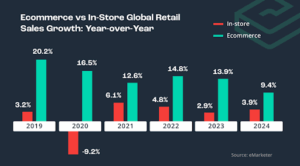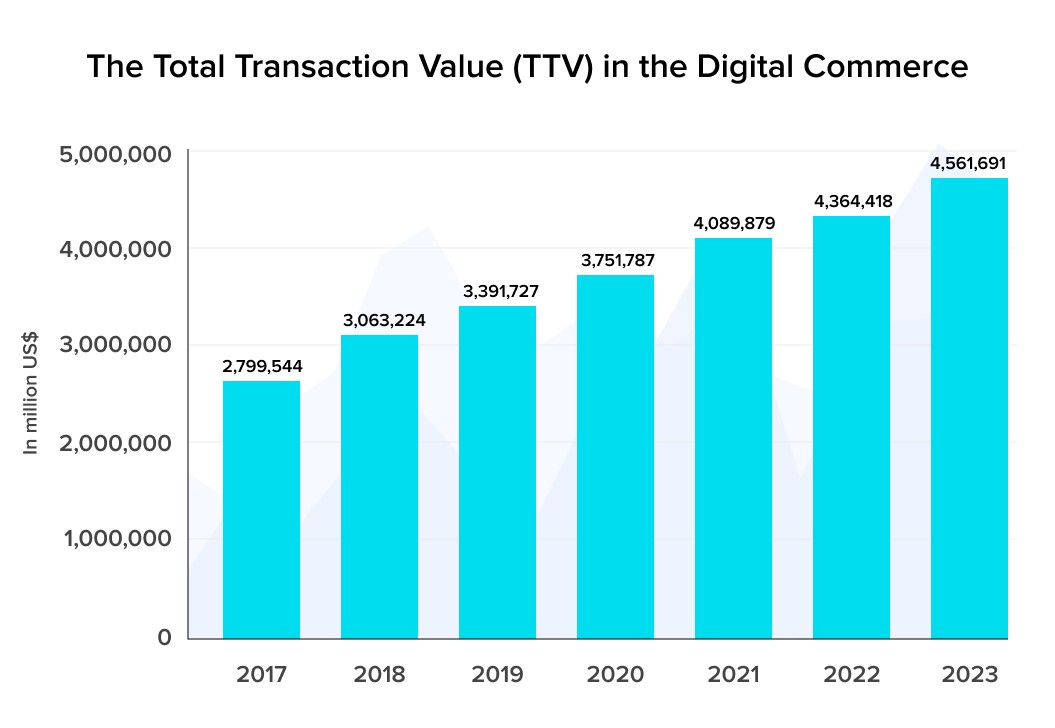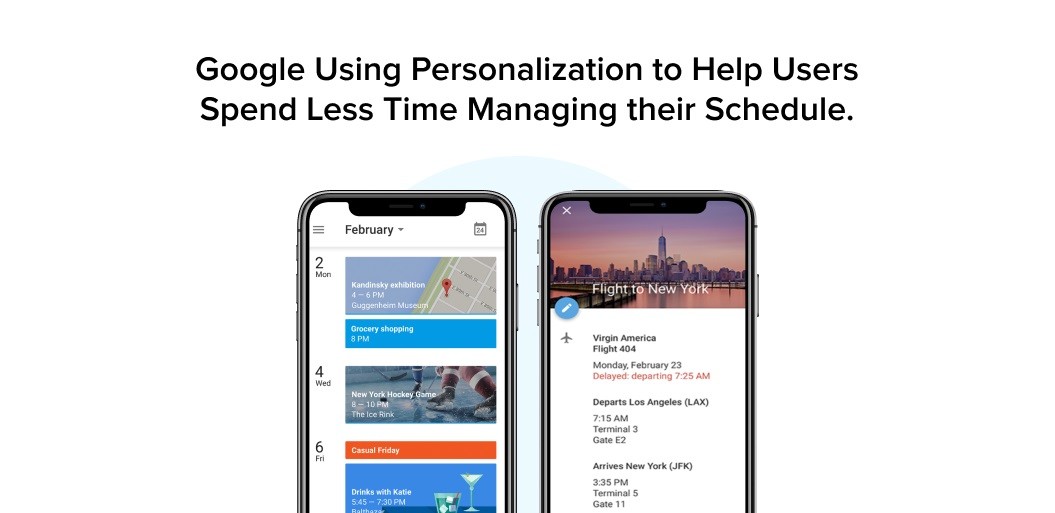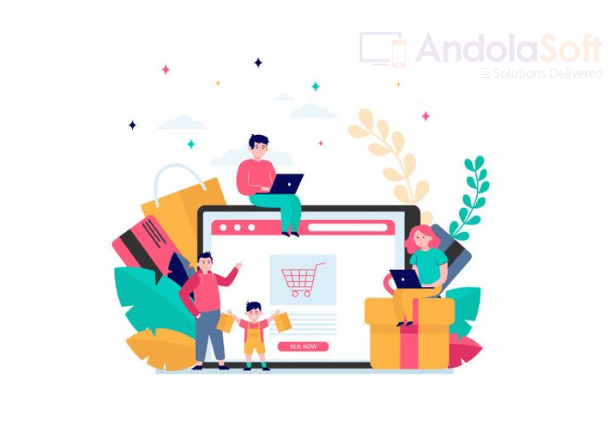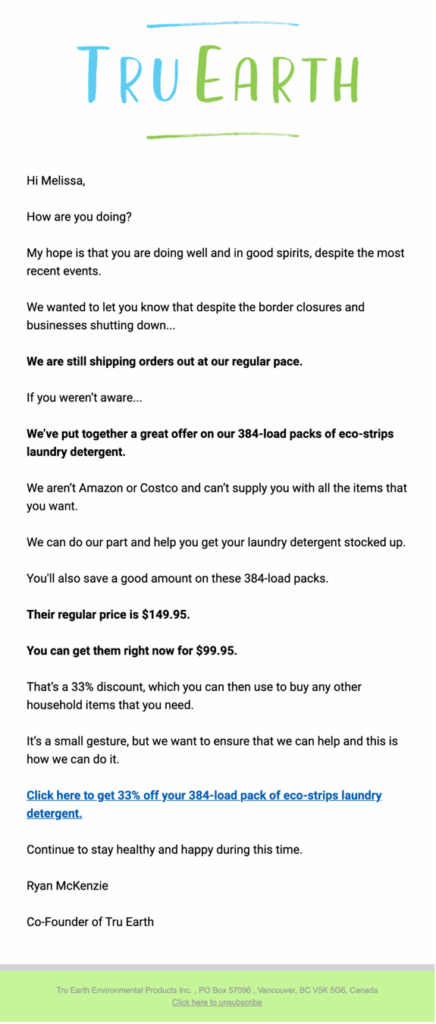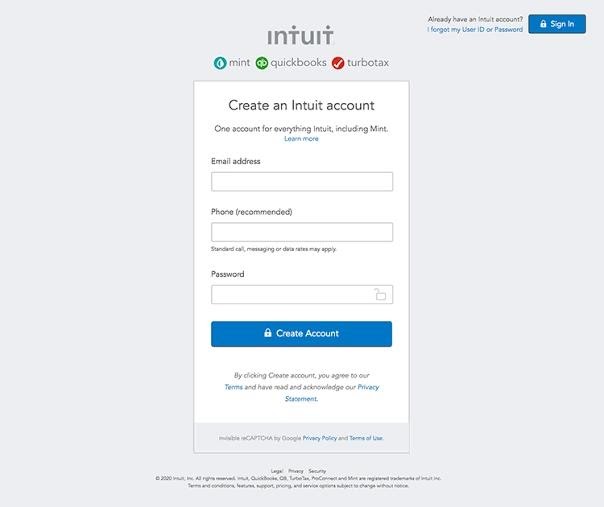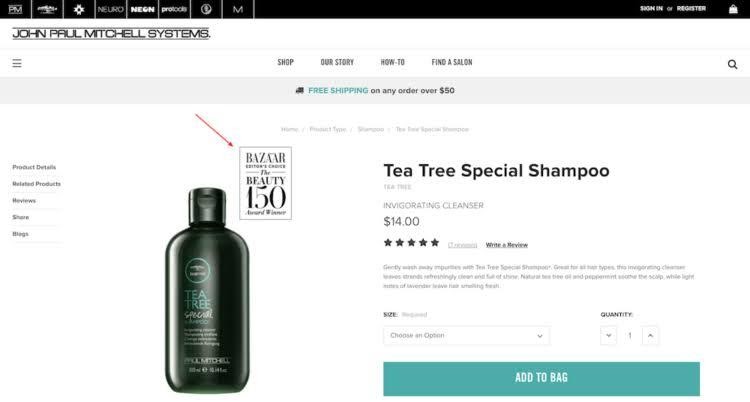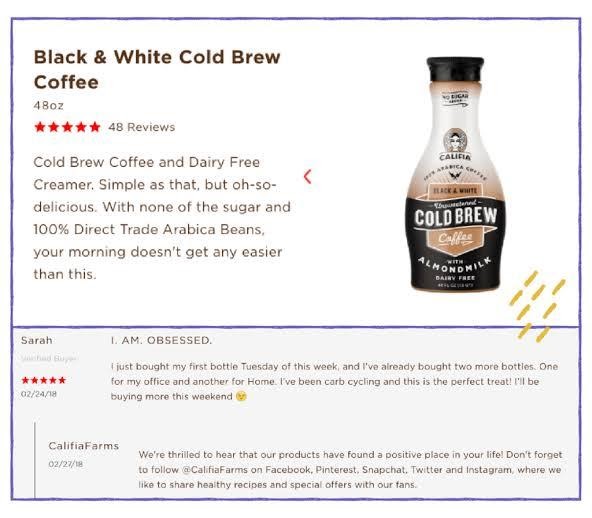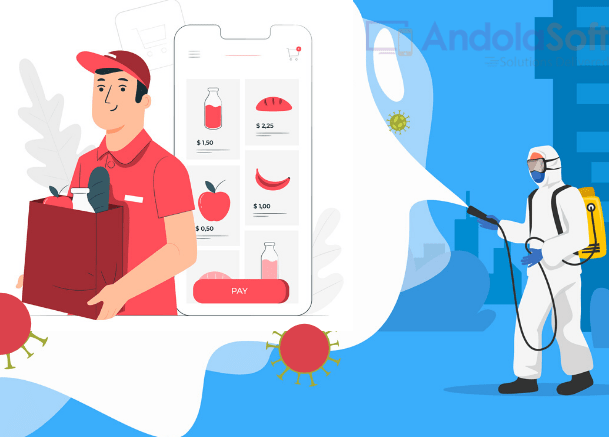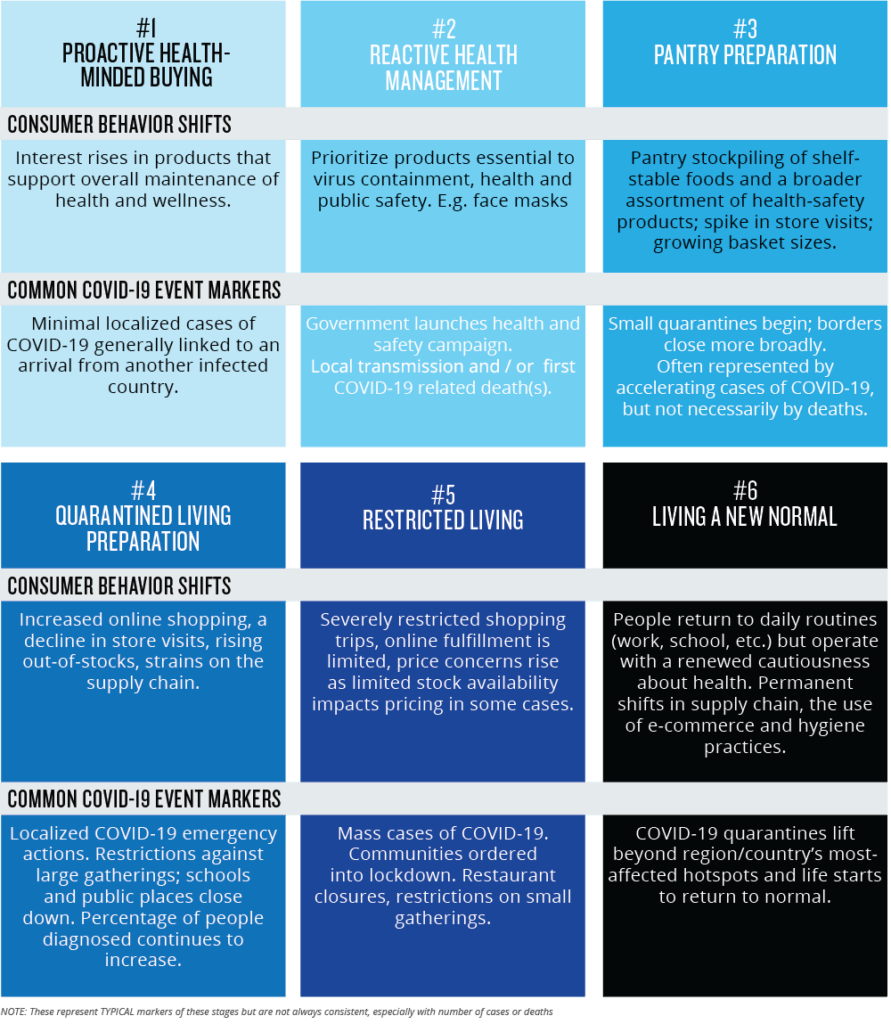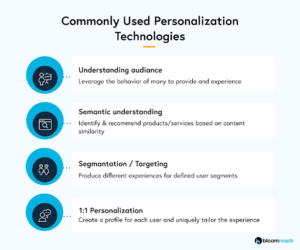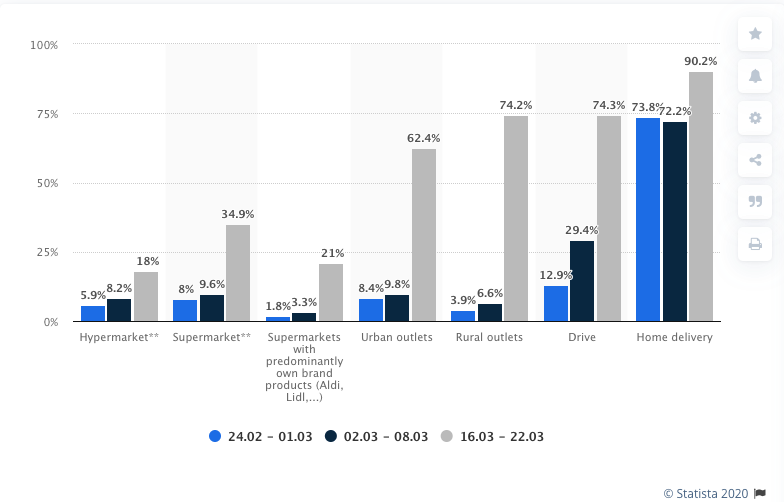For a small eCommerce business, the eCommerce store is the primary retail growth engine for their business. The fast growth of eCommerce witnessed over the last 10 years. And it is expected to claim 17% of the industry by the end of the year 2022.
The pandemic has led to major growth in e-commerce business. Many offline businesses have shifted towards the E-commerce platform after observing a major downfall in the offline business.
Never miss an update from us. Join 10,000+ marketers and leaders.
Back in the early days, you could easily sell anything and earn lots of money. The competition was very less, technology was not affordable at that time. But now everything has changed.
(Source: Sales layer blog)
Amazon has become an important competitor for everyone. As China is expanding its business, that makes technology easily accessible for everyone.
This growth has also risen several eCommerce challenges as well. With this meteoric growth and demand for online business, running eCommerce is not easy, especially for small businesses.
It was estimated that 95% of business transactions is likely to be taking place online. So this is the right time for most retailers to overcome the barriers of ecommerce.
As per the survey of NetSolution, 81% of the majority of shoppers begin their shopping journey with a normal online search. So, it is essential to make your online marketplace highly responsive to please the customers’ shopping experience.
Until 2020, the TTV (Total Transaction Value) in the digital eCommerce segment has been reported with a worth of 3.7M USD. And it is expected to hit 5M USD in 2023.
Source: Net Solution
However, to make a stand out in this crowded marketplace, the eCommerce startups must address the core challenges of these niche businesses.
What is the biggest challenges for most e-commerce business?
Entrepreneurs across the globe face a lot of challenges of eCommerce while adapting to the digital commerce business. Here I have listed the most common eCommerce issues and their solutions while working towards building a successful eCommerce business.
1. Capitalization Of Data
The expansion of the eCommerce function to become a part of the holistic brand solution is the first and crucial eCommerce challenge.
To facilitate this, businesses are working hard to build efficient data-enabled eCommerce solutions that help them right from shipping to store management, new Key Performance Integrals (KPIs), beyond conversion rates, and the Average Order Values (AOV).
It is better to capture the systematic data rather than experimenting based on assumed market trends. The entrepreneurs who have realized the impact of the data on their day to day performance is a long-term business decision.
2. Customers’ Exploding Expectations
Retailers all over the world are continuously trying to build their reputation and a sharp brand image with the promise of a great experience.
In an era where experience matters the most and tech giants like Amazon are taking the online buying process to the proverbial ‘next level’ with anticipatory shipping methods, it is very difficult to meet customer expectations.
Thus, competing with these giant eCommerce Companies and fulfilling the never-ending customer demands is a huge challenge in today’s eCommerce business.
3. Agility Challenge
Agility is the capability of a business to introduce eCommerce development, advancements, and deploy digital content, react to seasonal changes, etc. rapidly.
Agility drives immediate digital eCommerce fulfillment and development. It is identified as one of the most important initiatives to adopt in the modern eCommerce business.
The agile eCommerce transformation is at the heart of the digital business, and scaling is essential for making it successful.
A large number of companies including startup businesses find it difficult to move or change quickly as per the needs of customers and seasonal demand.
It is usually because they can’t integrate new eCommerce technologies efficiently with their existing eCommerce applications. As end result penetration into the market gets harder.
4. Personalization Approach
eCommerce personalization is one of the key factors for a good customer shopping experience. Through personalization, retailers provide the customers with a personalized experience without noticing it.
In this procedure, retailers need to develop a one-to-one relationship with the customers. And it turns into a major challenge in front of eCommerce developers.
eCommerce business leaders must focus on developing a one-on-one relationship with their customers. And it needed to strengthen its developing tools and capabilities for a better, reach, and visibility amongst the consumers.
It only can be made possible with the integration of the latest eCommerce technologies, smart coding into current e-commerce frameworks to automate the entire customer journey.
Additionally, the AI eCommerce tool, machine learning approach, cross-platform data sharing also can harness the purpose of services.
5. Being Consistent
Consistency is the most critical element for a successful omnichannel shopping experience.
Customers use multiple platforms to search for items before making a decision which bounds businesses to provide seamless purchasing encounters through every product or service offered by them.
But analyzing and understanding customer interactions across all touchpoints and using it to build a consistent and seamless customer experience is one of the major eCommerce challenges for retailers.
6. Facing Competition
The internet offers everyone an equal platform and hence an equal opportunity. This makes the environment extremely competitive, with possibly hundreds of other businesses offering the same products or services as you and to the same target audience.
Even the most niche brands have to fight hard to carve a place for themselves. And every segment in the eCommerce space is set to get increasingly congested and competitive over the years.
A homegrown startup has to keep pace with a multinational giant and vice-versa. And every enterprise is continuously experimenting to come up with an innovative eCommerce business solution to gain an edge.
7. Data Security
The uptake of eCommerce also brings along associated eCommerce challenges – security threat being one of the most critical of them.
There is a looming threat of hackers and fraudsters attacking the host server and not just stealing confidential data but also infecting with viruses. Breach of credit and debit card details has become common news, and such lapses directly affect the trust of a consumer.
Phishing is yet another threat where hackers pose as businesses and ask for sensitive information from their customers.
Several users are increasingly concerned about the eCommerce websites’ capability to effectively shield their personal identity as well as the security of the transaction details.
8. Technology Partnerships
Technological partnerships are becoming increasingly popular in the eCommerce domain. When businesses join hands with a company to bring their idea to life, there is a lot at stake.
The end product can turn out to be a success not by focusing merely on the tech or processes but also giving precedence to trust, transparency, and communication between the partners.
Many businesses gravitate towards choosing a partner based on costs without setting the right expectations or understanding their work scope.
These gaps lead to a disastrous collaboration and eventually, the end product. With access to an enormous pool of talent and technology, outsourcing eCommerce development in itself can prove to be extremely beneficial if done right.
9. Customer Retention
Even some of the biggest players in the eCommerce segment struggle to retain their customer base.
The reason for customer-centric eCommerce challenges can be attributed to many factors such as :
- the evolving expectation of the consumer
- the presence of several similar options
- failure to provide a pleasant shopping experience
- and sometimes even the offers
- discounts on the other platforms.
Customer loyalty is indeed a determining aspect in a business’s success, and even a minor glitch from the retailer can entirely ruin the brand reputation for a consumer.
Many businesses fail to understand that trying to retain a user is about investing in building a steady and rewarding relationship with them over time and employing every channel of communication to materialize it.
10. Relevant Leads
For eCommerce businesses, drawing good traffic may be achievable through promotions and other marketing efforts, but getting the relevant leads remains a huge challenge. No wonder the average eCommerce conversion rates are often minimal.
A report points out how only 2.57 percent of eCommerce website visits have been converted into purchases in the US.
The efforts invested in qualifying the visitor into a user can be futile if the right audience is not accessing the website. Several times brands fail to communicate the right message about their product or service and hence are unable to engage the interested audience.
11. Getting the right customers:
The online shoppers don’t shop in the same way as they were doing earlier. They use amazon to get their products, not only through google. They check lots of recommendations from social media.
By using the smartphones, they easily get product reviews unlike in the stores and then buy it using all the available payment methods. Many things have changed including the way they accept the content and hold the communication through online. One major challenge of e-commerce is that consumers get distracted through social media and other technology.
The retailer needs to focus on their audience and how to attract them efficiently without hampering the marketing budget.
Most businesses when going online face some of these challenges but with a strong marketing strategy and advanced technology, will help you to build a long lasting business with your customers.
I’ve worked with the team at Andolasoft on multiple websites. They are professional, responsive, & easy to work with. I’ve had great experiences & would recommend their services to anyone.
Ruthie Miller, Sr. Mktg. Specialist
Salesforce, Houston, Texas

You can get lots of opportunities of e-commerce business, where your business can easily reach out to your customers all through online methods.
Final Thoughts
To overcome these eCommerce challenges, businesses should operate as modern omnichannel retailers. They should focus on turning data into insights, knowledge, and ways for market leadership.
Inspiring shoppers and driving loyalty with personalization at scale can work in their favor and can help support their brand, business model, and international expansion.
In this highly competitive world, entrepreneurs need to use smart digital retail practices to address the eCommerce challenges facing online businesses with the right set of tools.
Finally, all of this must be backed up by strong digital leadership, providing clarity and support with the right resources to help you become a market leader.

